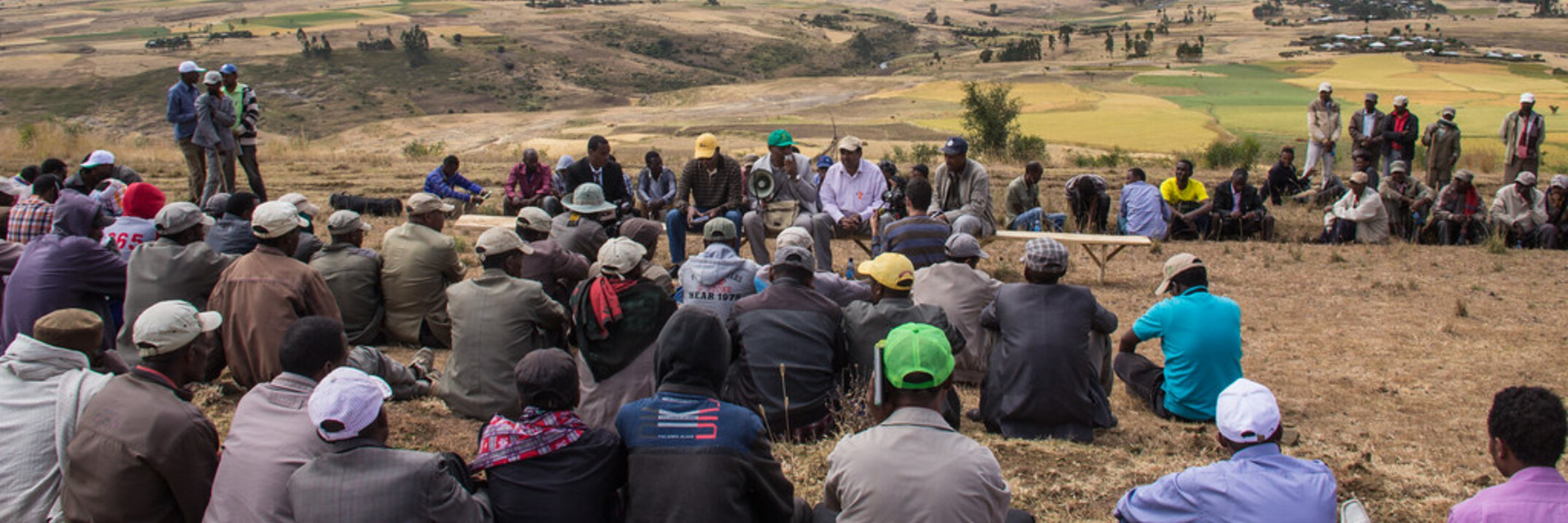With rapid climate change, identifying resilient crops and livestock is urgent. Cactus pear is one such crop, providing both food and feed under harsh conditions. Using data from 736 farmers, this study characterizes cactus pear production systems in...


